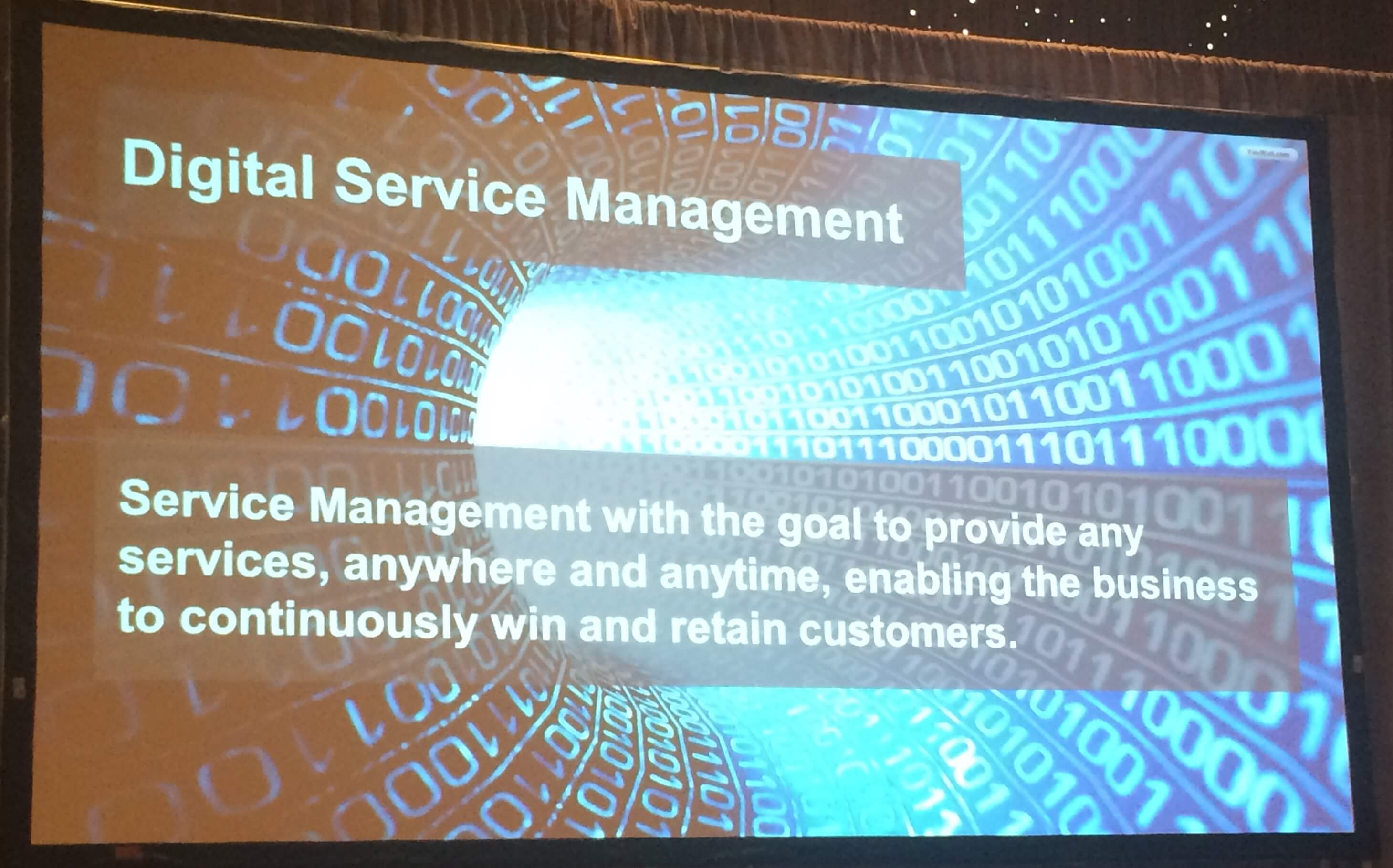IT Service Management
Service Management and ITIL should not just be for large organisations – where start-ups need to take the “less is more” approach to Service Management (e.g. Incident, Service Request, Problem and Change), utilising only the essential parts to deliver maximum agility and customer value. Where it is essential that there is still some process i.e. “rigour without the rigmarole”, but not so much as to restrict the rate of change required to grow the business or to develop new products. This is especially relevant if the start-up involves supporting customers and/or there is a need to provide a similar service to their own internal teams. Any Service Management solution has to support innovation, and must not hinder the rapid rate of change required for the User and Customer Experience (UX and CX), especially as this may be your customer’s only interaction with your company.
Service Management for Start-ups; rigour without the rigmarole by building for now to scale for later
Rigour without the rigmarole
Without a clear focus and strategy for Service Management, your customers and internal users may experience frequent outages with no way of tracking or reporting on incidents or changes. There may also be limited evidence of any value gained from the services provided to your customers, or insights in to how your product is performing, therefore keeping your Product Managers/CEO in the dark as to how customers feel about both the User and Customer Experiences.
Service Management is critical in bringing enough process to the way Operational and Product teams manage their products once launched, but not so much process as to hamper the pace they need to adapt or grow to meet the market. There are a number of Service Management solutions in the market place, Gartner (August 2015) details them in their magic quadrant (below), it’s a great place to start if you are stuck on what solutions are available.

Agility critical in the market
Critical to any solution should be the focus on agility, such as how you can automate your Service Management processes. For example, work flow automation for change management, where based on certain types of changes selected a particular level of approval is required (technical, business and/or change manager), all of this could be automated through a system generated email or via a mobile app. All changes should then be added to a forward schedule of change once approved. Having high levels of automation will allow the turnaround of changes/releases from creation to approval within minutes, this could be critical for a start-up’s product development to remain agile and adaptable to market forces.
Ease of adoption
When adopting Service Management within a digital world (which requires a fast rate of change with processes that support agility within the solution chosen) it must also be easily adopted by your technology teams and customers alike. A Service Management solution should also be able to be adopted by internal teams where it will support internal service requests and incidents. This will then give your teams the ability to easily request access to systems or log incidents with the internal support teams, either via email or self-service portal.
Reporting is critical
To further demonstrate a positive (or not) User Experience of your product/services your Service Management solution should provide extensive reporting on key metrics (for example, NPS, percentage of SLAs met, number of changes/incidents created, as well tracking outage times). Adopting a Service Management strategy up front will allow any start-up to keep valuable customer data, therefore allowing for more informed decisions on potential changes to products features/road-maps. If you cannot easily demonstrate a positive or otherwise User Experience (UX) when dealing with your organisation have you chosen the right service management solution(s)?
Benefits of adopting Digital Service Management for Start-ups:
- Platform stability through Change processes and forward schedule of change.
- Build for now, scale for later.
- Collaboration (such as DevOps or cross functional Scrum teams).
- Reporting on customer experience (CX).
- Informing product development of potential bugs (as logged by your customer’s).
- Greater visibility with all incident and requests logged = Customer insights.
- Clear reporting of value created.
- Enough process to allow agility through automation.
- Positive Customer Experience due to ease in which customers can engage.
What Service Management tool(s) have you used successful (detailing what made it a success), leave a comment below?
